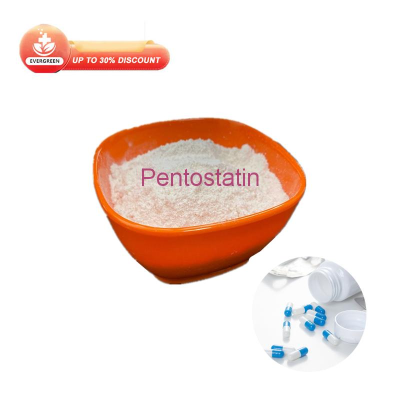-
Categories
-
Pharmaceutical Intermediates
-
Active Pharmaceutical Ingredients
-
Food Additives
- Industrial Coatings
- Agrochemicals
- Dyes and Pigments
- Surfactant
- Flavors and Fragrances
- Chemical Reagents
- Catalyst and Auxiliary
- Natural Products
- Inorganic Chemistry
-
Organic Chemistry
-
Biochemical Engineering
- Analytical Chemistry
- Cosmetic Ingredient
-
Pharmaceutical Intermediates
Promotion
ECHEMI Mall
Wholesale
Weekly Price
Exhibition
News
-
Trade Service
Objective: To study the feasibility of accurately predicting the response of liver cancer to transductive arterial chemotherapy embolism (TACE) based on the nested multiparase decision tree model based on tumor size and pre-treatment CT texture parameters.
Materials and Methods: This study is a retrospective study (January 2011-September 2017) and includes a total of 92 lesions of liver cell liver cancer in 37 patients, each of which has been confirmed as liver cell liver cancer by puncture biopsy pathology, with continuous dynamic CT scans before and after treatment, and each lesion treated with TACE.
according to the reflected evaluation criteria of the modified solid tumor, the lesions were manually divided on the BASELINE arterial CT image to extract tumor size and quantitative texture parameters.
liver cell liver cancer is divided into primary TACE (VT-lesions) and recurrent TACE (RT-lesions) lesions.
to generate different multi-parameter decision tree models for predicting two sets of lesions, Complete Mitigation (CR) and Progress Lesions (PD).
AUC and model accuracy were evaluated at the same time.
results: 38 cases (52.8%) and 8 (40%) of the 72 VT lesions and 20 RT lesions each met the CR standard.
despite TACE treatment, 16 cases of VT lesions (22.2%) and 8 cases of RT lesions (40%) showed PD in follow-up imaging tests.
positive pixel mean (MPP) for VT lesions is significantly higher than RT lesions (180.5 vs 92.8, p s 0.001).
in terms of ROC curve analysis and accuracy, the highest AUC obtained when predicting VT lesions reached CR standard was 0.96, the positive prediction was 96.9% and the accuracy was 88.9%, all of which were higher than the PD (AUC 0.9) in the prediction of VT lesions. 88, accuracy 80.6%), RT lesions meet CR standards (AUC 0.83, accuracy 75.0%) and RT lesions show PD (AUC 0.86, accuracy 80.0%).
conclusion: The nested multiparular decision tree model based on tumor heterogeneity and size can predict very accurately the response of hepatic cell liver cancer lesions to TACE treatment.
multi-parameter decision tree model can be used as an additional criterion in multidisciplinary therapeutic decision-making.
。







